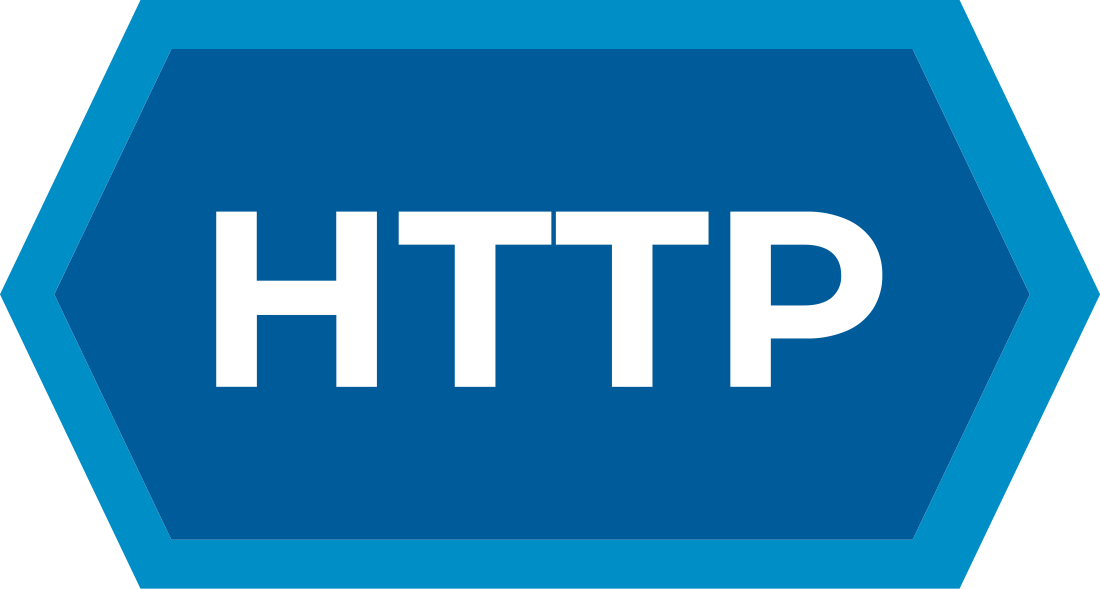Top Qs
Timeline
Chat
Perspective
HTTP location
Instruction by a web server containing the intended location of a web page From Wikipedia, the free encyclopedia
Remove ads
The HTTP Location header field is returned in responses from an HTTP server under two circumstances:
- To ask a web browser to load a different web page (URL redirection). In this circumstance, the Location header should be sent with an HTTP status code of 3xx. It is passed as part of the response by a web server when the requested URI has:
- Moved temporarily;
- Moved permanently; or
- Processed a request, e.g. a POSTed form, and is providing the result of that request at a different URI
- To provide information about the location of a newly created resource. In this circumstance, the Location header should be sent with an HTTP status code of 201 or 202.[1]
An obsolete version of the HTTP 1.1 specifications (IETF RFC 2616) required a complete absolute URI for redirection.[2] The IETF HTTP working group found that the most popular web browsers tolerate the passing of a relative URL[3] and, consequently, the updated HTTP 1.1 specifications (IETF RFC 7231) relaxed the original constraint, allowing the use of relative URLs in Location headers.[4]
Remove ads
Examples
Summarize
Perspective
Absolute URL example
Absolute URLs are URLs that start with a scheme[5] (e.g., http:, https:, telnet:, mailto:)[6] and conform to scheme-specific syntax and semantics. For example, the HTTP scheme-specific syntax and semantics for HTTP URLs requires a "host" (web server address) and "absolute path", with optional components of "port" and "query".
A client requesting https://www.example.com/index.html using
GET /index.html HTTP/1.1
Host: www.example.com
may get the server response
HTTP/1.1 302 Found
Location: https://www.example.org/index.php
Relative URL absolute path example
Relative URLs are URLs that do not include a scheme or a host. In order to be understood they must be combined with the URL of the original request.
A client request for https://www.example.com/blog/all may get a server response with a path that is absolute because it starts with a slash:[7]
HTTP/1.1 302 Found
Location: /articles/
The URL of the location is expanded by the client to https://www.example.com/articles/.[8]
Relative URL relative path example
A client request for https://www.example.com/blog/latest may get a server response with a path that is relative because it doesn't start with a slash:[7]
HTTP/1.1 302 Found
Location: 2020/zoo
The client removes the path segment after the last slash of the original URL and appends the relative path resulting in https://www.example.com/blog/2020/zoo.[9][8]
Remove ads
See also
References
Wikiwand - on
Seamless Wikipedia browsing. On steroids.
Remove ads
